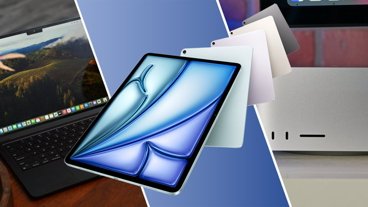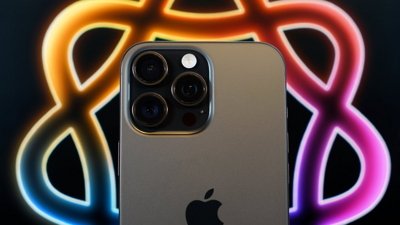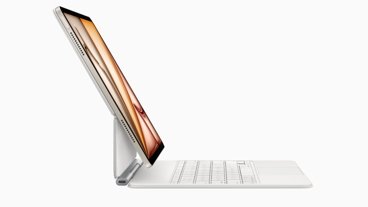Imagination Technologies, the source of PowerVR GPU cores used in Apple's A-series iOS chips, has acquired MIPS, one of the few remaining CPU architectures outside of Intel, ARM and PowerPC.
According to a report by Anandtech Imagination will buy MIPS for $60 million in cash, a figure that includes 82 patents related to the firm's MIPS processor architecture.
Another 580 patents and patent applications owned by MIPS were sold for $350 million to Bridge Crossing, a consortium that includes ARM and other members of the Allied Security Trust, including HP, IBM and Intel. The consortium works to prevent critical CPU patents from being obtained by patent trolls.
Apple secretly licensed advanced PowerVR GPU technology from Imagination in 2008, back when the company was expected to be using Intel's Silverthorne (now called Atom) chips for its anticipated new tablet.
Rather than going with Intel, Apple developed its own custom chip design based on ARM CPU cores and PowerVR graphics cores, a design the company called the A4, and which it subsequently used in the original iPad and iPhone 4.
Apple purchased a 3 percent stake in Imagination with 8 million shares, and continues to use the company's advanced graphics in its latest chip designs, including the three and four core A6 and A6X, used in the iPhone 5 and new iPad 4.
The MIPS architecture was introduced in the early 1980s as a new RISC design, and greatly influenced subsequent architectures including DEC's Alpha. Originally used in workstations, SGI's MIPS chips were targeted by Microsoft's failed mid-90s efforts to port Windows NT across CPU architectures.
MIPS ended up being widely used in embedded devices, including early Windows CE mobile products and Sony's PlayStation 2 and PSP and Nintendo's N64 game console.
The elimination of MIPS leaves ARM and Intel with increasingly fewer competitors among CPU architectures. However, the open licensing of ARM's IP has resulted in extensive competition among its licensees, with Apple being a leading producer and consumer of ARM-based chips.
Even among ARM licensees however, competition among high end chip designs is dwindling. Texas Instruments recently announced plans to exit the mobile chip business, killing off the OMAP-5 ARM design that would have directly competed with Apple's A6.
 Daniel Eran Dilger
Daniel Eran Dilger

-xl-(1)-xl-xl-m.jpg)





-m.jpg)






 Amber Neely
Amber Neely
 Wesley Hilliard
Wesley Hilliard
 Marko Zivkovic
Marko Zivkovic
 Andrew Orr
Andrew Orr
 Malcolm Owen
Malcolm Owen


 Andrew O'Hara
Andrew O'Hara






23 Comments
The evidence is beginning to pile up.
[quote name="AppleInsider" url="/t/154114/apple-gpu-vendor-imagination-buys-mips-arm-licenses-patents#post_2228146"] The elimination of MIPS leaves ARM and Intel with increasingly fewer competitors among CPU architectures. [/quote] How does the acquisition of MIPS by Imagination equate to the elimination of MIPS?
[quote name="Quadra 610" url="/t/154114/apple-gpu-vendor-imagination-buys-mips-arm-licenses-patents#post_2228153"]The evidence is beginning to pile up. [/quote] Evidence of what?
Summary : Imagination bought 82 patents for $60 million in cash and ARM, HP, IBM, Intel consortium bought 580 patents for $350 million.
And that failure is the major reason why Microsoft and Intel are trailing so badly in mobile right now. If Microsoft had successfully ported the NT kernel to RISC (or if they had allowed that porting project to succeed) then they would have been able to migrate it to ARM for mobile devices. The way Apple migrated OS X from PowerPC to Intel and later optimize it for ARM and call it iOS.
But no, the powers-that-be at Microsoft went with Intel for various reasons. And for 20 years, neither company saw any need for optimization. Microsoft let Windows get more and more bloated because Moore's law meant that CPU speeds would always increase to compensate for the bloat. And desktop computers would always be plugged in, so there was no need for Intel to work on power efficiency. Neither company bothered doing much optimization. And now Microsoft and Intel are paying the price in mobile, where software and hardware optimization are crucial.